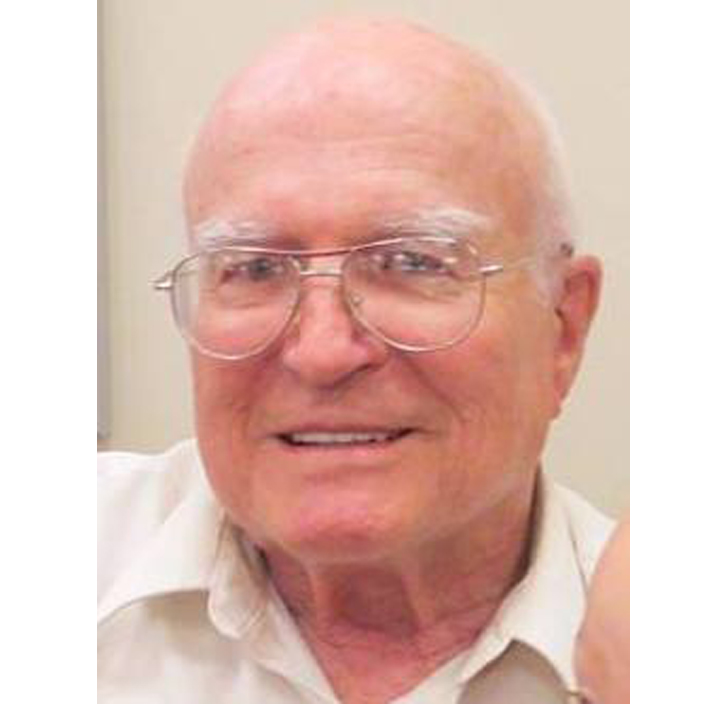
Even more than in the previous century, our 21st Century civilization is tied together by an invisible and intricate meshwork of electromagnetic waves, all artificially created, encoded with information, and transmitted to every part of the planet and beyond. Radio and television broadcasts, cellphone calls, Wi-Fi and other Internet connections, radar, satellite communications, GPS signals—at every moment, we are awash in these waves, all of different frequencies and wavelengths. And all of these signals, however they're generated and whatever data they may carry, require one seemingly simple thing: antennas, one to dispatch a signal into the world and another to intercept it so its content can be seen and heard. For engineer Roger Harrington, however, the antennas that transmit and receive electromagnetic communications are far from simple, but instead something of marvelous complexity and subtlety. As a pioneer of the discipline of computational electromagnetics, Harrington has devised theories and techniques for designing, predicting, and improving the construction of the antennas that keep us all connected and talking to one another.
Starting out as an electrical engineering student at Syracuse University, Harrington found his academic studies interrupted by World War II. But he managed to continue pursuing his technical interests during the war and immediately after as a Navy electronics technician and instructor at the Naval Radio Materiel School. After the Navy, he returned to Syracuse to complete his undergraduate work, finally earning his Ph.D. in 1952 at Ohio State.
Harrington accepted academic positions at Syracuse and at the University of Arizona while also working on sponsored research projects for the U.S. Army Signal Corps, Office of Naval Research, General Electric, and the U.S. Air Force Office of Scientific Research, among others. He concentrated on the study of electromagnetic fields, specifically as applied to the design of antennas. He published two influential books, Introduction to Electromagnetic Engineering in 1958 and Time-Harmonic Electromagnetic Fields in 1961, which both became standard texts for electrical engineering students worldwide.
While in a visiting professor post at the University of Illinois in 1959, Harrington became interested in using EM fields in thermonuclear fusion research. This work led him to his most famous contribution: introducing a mathematical technique called the "Method of Moments" (MoM) to EM field computations.
At the heart of all electromagnetic theory are the equations formulated by James Clerk Maxwell, essential for describing the behavior of EM fields. But things get tricky when EM fields are generated not by theoretically simple shapes such as spheres and cylinders but by irregular objects such as aircraft or ships. Harrington showed how to model such unusual EM fields by transforming the traditional integral equations of Maxwell into linear matrix equations, facilitating the computer modeling of complex real-world antenna shapes and radiation patterns.
Harrington set out his ideas in a classic 1968 textbook, Field Computation by Moment Methods, which triggered a revolution in the field of computational electromagnetics. He proceeded to extend and expand his techniques in a series of papers during the next decade and beyond. With the new mathematical techniques that Harrington pioneered, coupled with the ever-increasing power of computers, engineers were able to model, simulate, and effectively design antennas of great complexity and types for everything from stealth aircraft to smartphones.
In addition to his contributions to engineering theory and practice, Roger Harrington is one of the greatest educators in his profession. During his decades as a dedicated teacher, he trained and inspired thousands of undergraduate and graduate students, many of whom have gone on to become notable engineers and scientists themselves. His many honors include the IEEE Centennial Medal, numerous "best paper" awards, the Distinguished Alumni Award of Ohio State University, and Syracuse University's Chancellor's Citation.
Roger Harrington's professional accomplishments have fundamentally changed the world of electrical engineering by providing new tools to do things that were previously impossible or, at best, profoundly impractical. His work has made possible the dizzying array of antennas of all shapes and sizes that let us talk and text to each other practically wherever we go, from our living rooms to airliners cruising 30,000 feet above the Earth. In a world crucially dependent on being connected, Roger Harrington has been a key figure in linking us all.
Information as of April 2015

